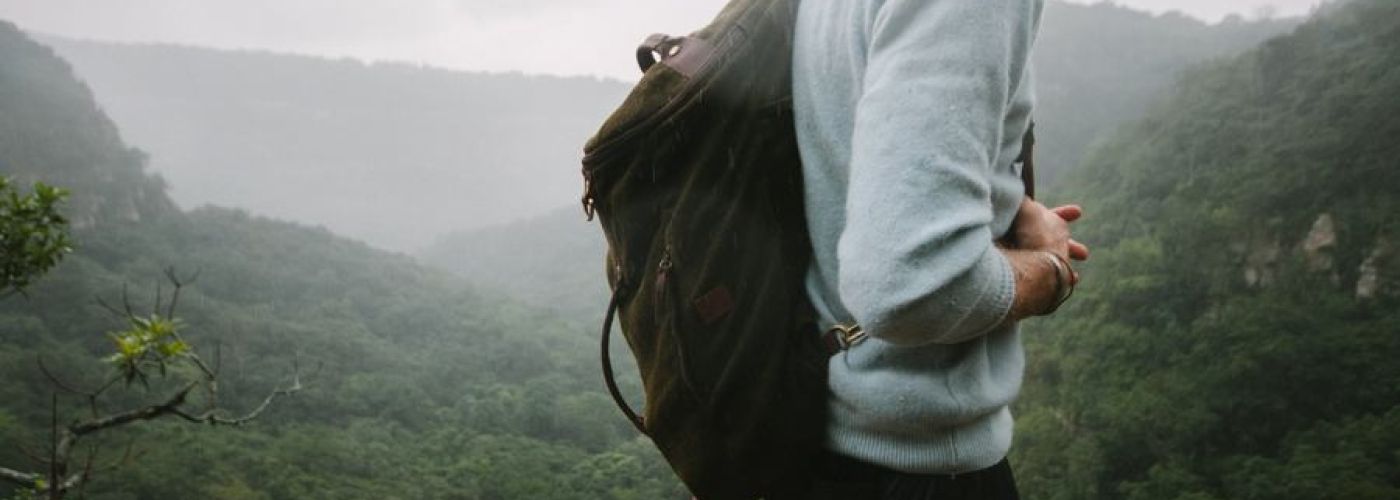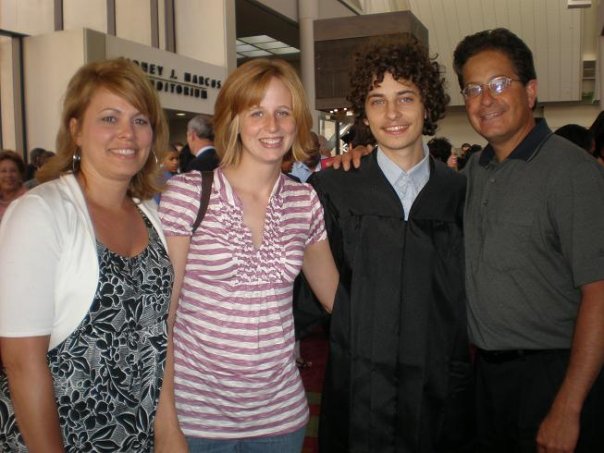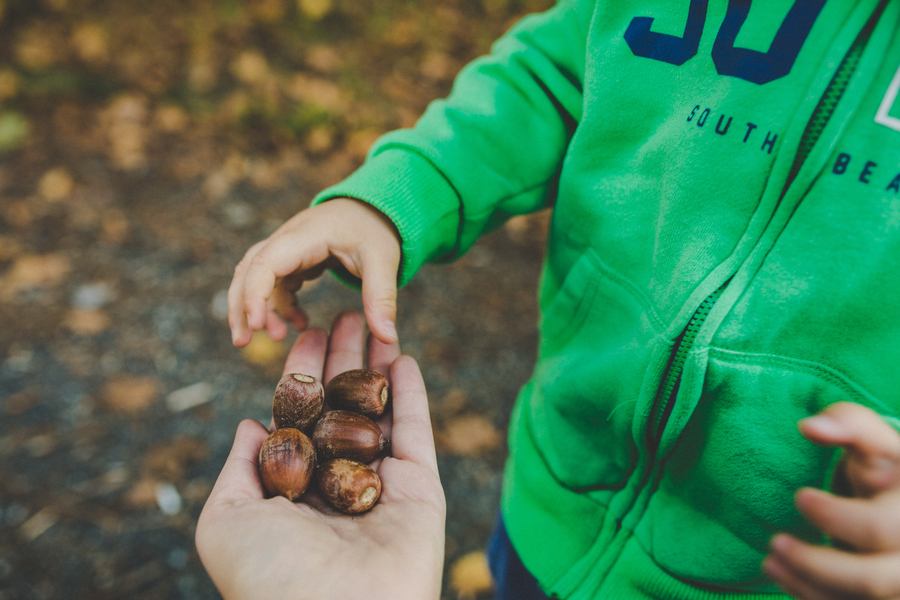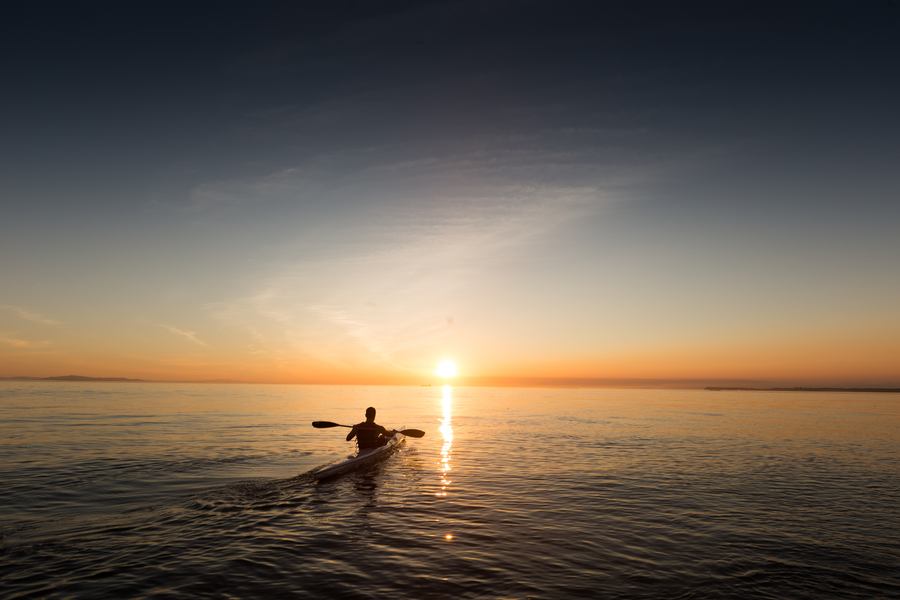
When You Look Back At The Life You've Lived, What Do You See?
This post is part 9 of My Leaders Lyceum Experience blog series. I'm writing in exchange for the opportunity to go through the multi-corporate program.
I have a pattern of learning in the real world, and sometimes the hard way before I become a formal student in a topic. It's played out this way several times, and my current experience with the Leaders Lyceum development program is no exception.
Learning Before Learning
My grandfather and his son (my uncle) were heavily involved in video production. Playing as a young kid with my cousins, I would see my uncle's computer lab as he worked away on various animation projects for television and museums around the world. Watching from a distance, I always wanted to learn how to use these machines. In fact, I'd ask my cousin to pull some of the computer books off the shelf so I could look at them.
And then one day early as a freshman in high school, I got up the nerve to ask my uncle to teach me how to do 3D animation. He set me up with a computer and a stack of books and I began going to my uncle's house after school to teach myself this craft. After finishing multiple tutorials, I soon became an intern helping my uncle on various television projects. My first big project was aired on the Discovery Channel and my name showed up on the credits. As I learned how to use the Maya software, I began setting up my own computer lab at home. Then, I started recruiting my friends to learn Maya at my house. This was my way of building an animation team for my animated film projects. By the time I had enrolled at the Art Institute of Atlanta, I had taught myself animation, trained other animators and had my work shown around the world.
What I lacked from this experience came from the benefits of formal training. I didn't have a solid art foundation undergirding my computer skills. Most importantly, I lacked the forced process of the degree's curriculum. As an intern and eventual team member of my uncle's company, I learned based on what I wanted to learn and what was needed for projects. But, this meant my expertise was skewed and lacked a complete understanding of the medium. I was also limited to my uncle's limitations as well.

At the prodding of my father to attend and finish college (he noticed a pattern of me starting lots of projects, but not finishing many) I ended up at the Art Institute of Atlanta pursuing a bachelor in media and animation. While I thought I had finished the race of learning animation, there were many checkpoints I had skipped in my journey to the finish line. It was during my schooling I was forced to go back to these checkpoints where I was uninterested, and it began shaping a lacking discipline. To my father's hope and my resistance, I finally graduated with a fine arts degree in 2008.
Learning Before Learning, Again
When I first connected with The Leaders Lyceum, something sparked in me. The undergirding framework of their program fascinated me and I wanted to learn more. They became a client and I was heavily involved in our first project together, which was also a huge success for us both. It gave me a taste of what they were doing and I eventually helped fund one of my team members to go through their program. Unfortunately, like I mentioned before, our second project was a major failure and we ended up parting ways (the nice way of saying, they fired us).
During our time working together and after I was unintentionally developing a program of my own. It was a parable to help people and companies understand where they were in their journey, and how to move towards their destination. This interactive narrative empowered people to embrace intentionality in their lives. Over the course of the three-year journey with this narrative, we guided over one-hundred people through the two-hour teaser session, thirty people through the extended (twelve months meeting weekly) edition, and over a dozen companies through the business edition. It was a powerful experience for me and the people who went through it. Unfortunately, with the closure of my company, this project went dormant.
It was three years later when I'd get reconnected to the Leaders Lyceum program after Kieth co-authored The Map with Karl Kuhnert. Since I never got the chance to go through their program, the book was a great opportunity to explore what I remembered from when we worked together. I ended up reading the book with my father and a friend. I also wrote an online commentary on Facebook as I progressed through the book. This eventually led to Keith and I reconnecting and me agreeing to trade my services in return for participating in the multi-corporate program.
So, like my journey to a bachelor's degree, I found myself reliving the scenario where I traversed the course in a non-conventional way, but leading to formal training on the topic. This was my pattern to seek out the destination regardless of the limitations I'm faced with. When I get a glimpse of something great, I can settle for scraps before I get the main course.
Legacy Matters, Even When We Don't Realize It
There are two reasons I share these stories with you. First, is because the Leaders Lyceum has a powerful mission that transcends the actual development program. The program is simply an extension of the people and frameworks they work with. Those who work at the Lyceum, partner with them as vendors, and interact with them at events are experiencing the values and mission of the organization. In the fourth session of the program, we dive into values and legacy. In that session, we explored the destination, the Disneyworld we're all trying to get to in our life. And, not only do people have these legacy statements, organizations do as well. Let me share what this is for the Leaders Lyceum.
The Leaders Lyceum® (ly-see-um) creates transformational experiences which accelerate the development of leaders to a place of greater maturity and effectiveness.
Before I ever went through the program, I experienced these transformational experiences with them. First, as we worked together, then when we were fired (in a powerful and positive way). I also experienced their program through one of my team members, by watching the Ted Talk, and by reading the Map. The paid program was my last step in the journey.
We impact people every day in every interaction we have with them like my uncle did in bringing me under his wing, and like the Leaders Lyceum did when we worked together. In most cases, we don't realize how we're affecting other people and this can be for the good or bad. But, however it plays out, this is our legacy. It is the trail we leave behind as we traverse this interesting journey we call life.
So when you look back at your trail at the end of your life, what are you going to see? What do you want to see?

Exploring Our Core Values
Session four of the development program acted more as an audit of what I've explored, already since I've done the hard work of developing and refining my purpose, mission, vision and core values over the last several years. Since we began the day with exploring values, let me share what my core values were before the day began.
- Love (of God, others, and self)
- Presence
- Excellence
- Accountability
- Openness
After going through the values exercise during this session, I came to the conclusion these values were still intact, but this helpful fine tuning process illuminated some new words for me to test out.
Instead of presence, their core values exercise used the word mindfulness. I had chosen the word presence because I want to maintain a present focus when I spend time with God, alone, or with others. I don't want to be distracted or to detract during these moments of intimacy. In our current cultural technological context, this value seems more important than ever.
Instead of excellence, they used the word mastery. While I like this word, the potential downside is having a mastery of something, but not embracing excellence in all occasions. Mastery implies the ability to be excellent but lacks the thrust of implying we're sustaining it.
Instead of the word accountability, they used the word dependability (reliable and trustworthy). Out of the three variations to what I had come into the room with, this word is the one I'm most inclined to switch over to. I think it more accurately communicates what my intent is behind the use of accountable, and it comes down to stewarding well what I have dominion over.
For most students in this program, they'll be exploring their values in an intentional way for the first time. For me, this was more of a helpful exercise in detailed refinement. Like everything, I seek to test and hold onto what is good, so I'll be trying out these different words to conclude which is the best word to communicate what I value most.

Exploring Our Legacy
The next part of the day was thinking about our destination and exploring our legacy statement. To help us get started, we watched an emotionally and eye-opening powerful short film to help us forget about the distractions and focus in on what really matters in this life. Its after watching and discussing this video when we're directed to explore our destination in life. Like my values, legacy (what I call vision) are things I've spent an abundant amount of time exploring. Here's what I wrote as part of the exercise.
Thrive Together (state of relationships). Sustainable, healthy, and uplifting relationships with God, my wife, my children, my community and my country. Simply put, the people in my world prioritized in concentric circles. Survival in isolation is my anti-legacy statement. If I'm moving this way or see someone in this state, I'm compelled to engage. Wherever I am, my primary goal is driving togetherness and flourishing. I'm moving the flock towards this outcome and I'm leading by example. It starts by sustaining community with God. The life he gives me fuels me. My mission is to share this life with others and open myself up to receive from others. What does thriving together look like? It looks like valuable relationships where we enjoy each other, help each other, work together, and accomplish great things together. It's where we contribute to God's timeless legacy as it pertains to and affects people.
As we concluded our day, we dove into a few specific areas on how we can change in our work and home life to more effectively move us and others towards our projected legacy. For me, I needed to spend some time readjusting my work and side projects to better compliment my marriage, family, and community. In a previous post, I mentioned teaching my kids to swim. While that was a huge success, the swimming pool is now closed so we've got to shift gears. I don't want to abandon this weekly one-on-one time, so we've decided to spend this time working on drawing. My three weeknights with the three older kids will now be spent at the art desk learning to more effectively draw together.
These two changes will allow me to build bricks towards my legacy. Thrive Together.
This is the legacy I seek to leave behind as I traverse through life.
What about you?
- Created on .
- Last updated on .